Stratocaster Bass VI (1/3)




The Fender Bass VI was a bass for guitarists. It was basically a Jazzmaster body with a 30" short-scale bass neck and six mid-weight strings tuned EADGBE one octave below a guitar, or the same as a bass. The string spacing is such that it can only be played with a pick. You can look up the rest of the details. Danelectro actually invented the Bass VI, they were always willing to try new things while Fender and Gibson were just determined to deepen the rut they were in. Rickenbacker's rut is so deep they can't even see out of it.
The Bass VI got used quite a bit more than people realize. On many Beatles tracks, you're actually hearing John or George pick out the bass line on a Fender Bass VI while Paul does something else, or isn't in the studio at all! The Bass VI and its close cousin the baritone guitar also saw a lot of use in country music, doubling the main bass on "tic-tac" basslines.
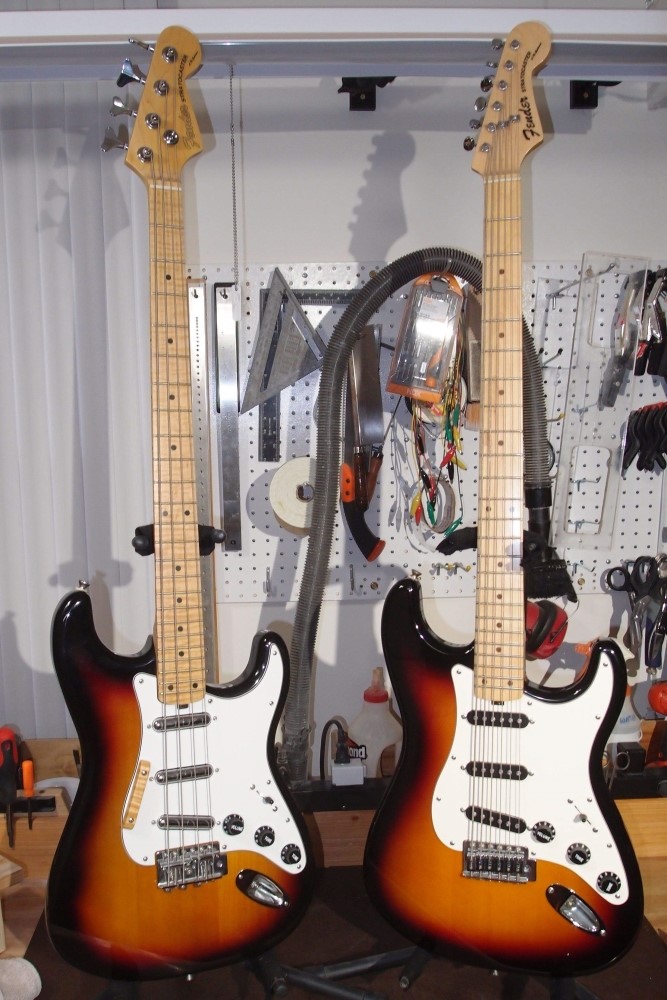
On the right is my Bass VI. Six bass strings over-stressed the Stratocaster tremolo. It barely worked, so I blocked it. On the left is the Bass IV, with the bottom four strings of the VI. The modified tremolo works perfectly. Both are custom 30" maple necks on eBay bodies.
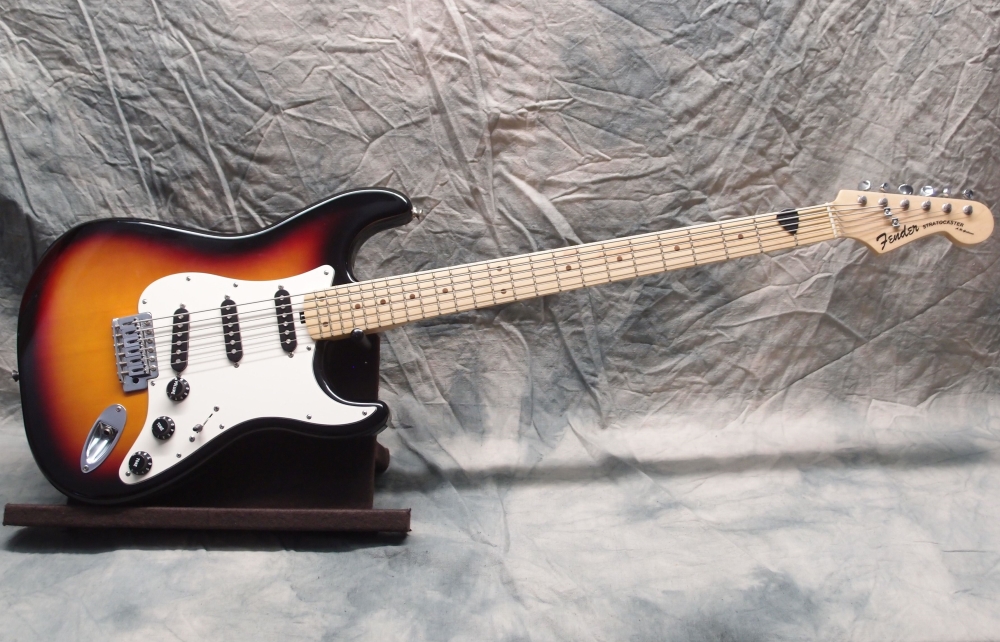
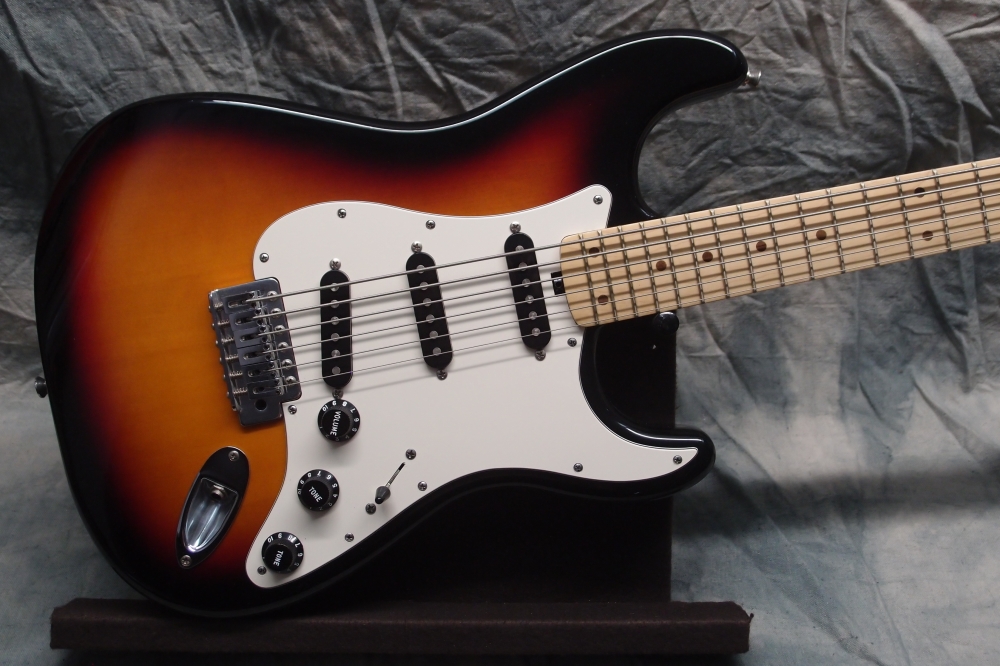

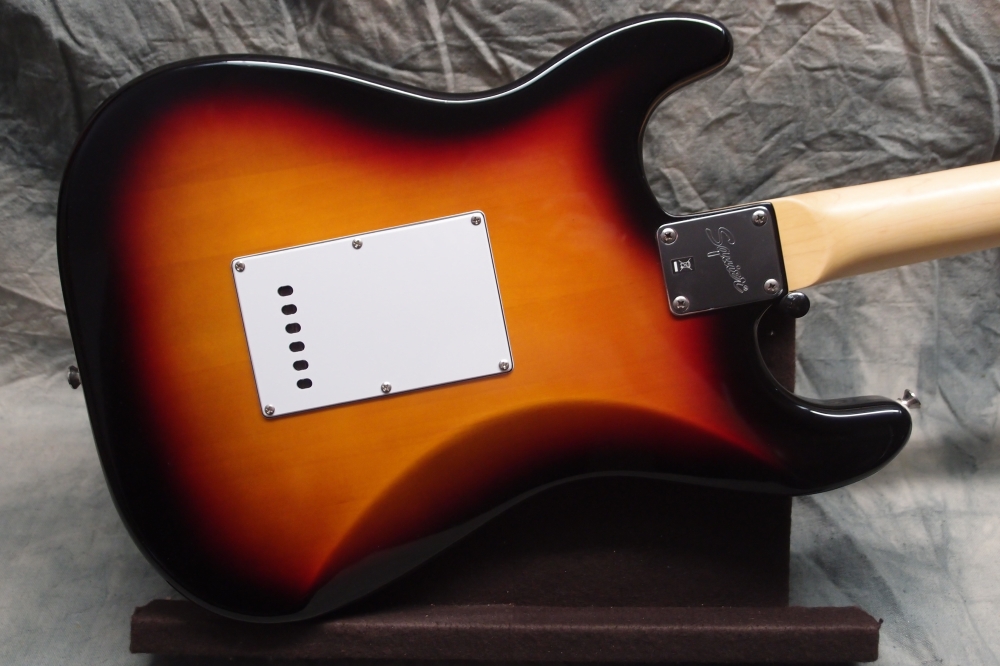


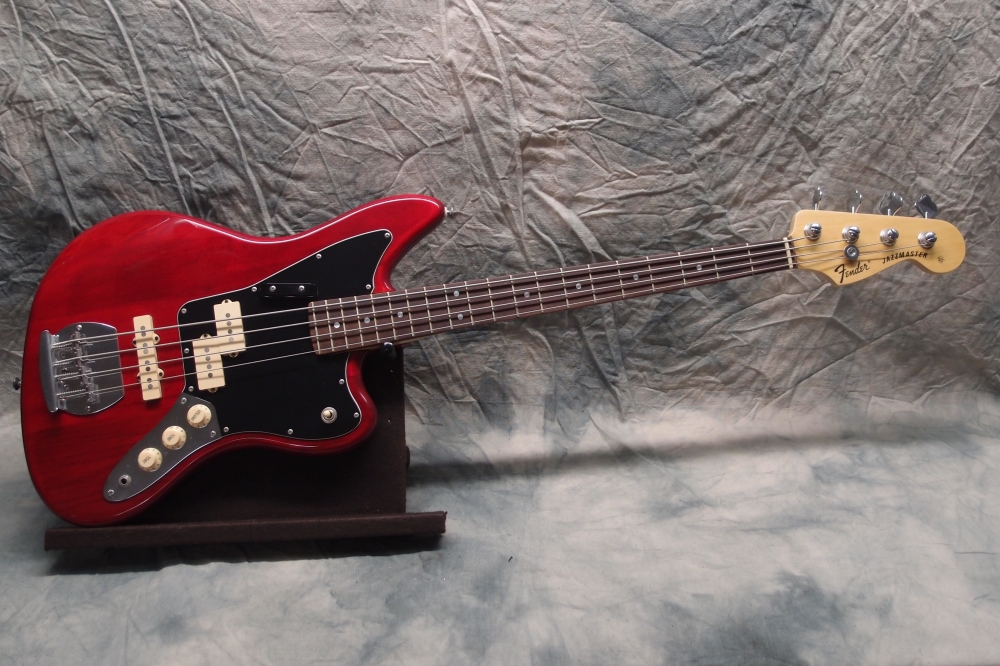
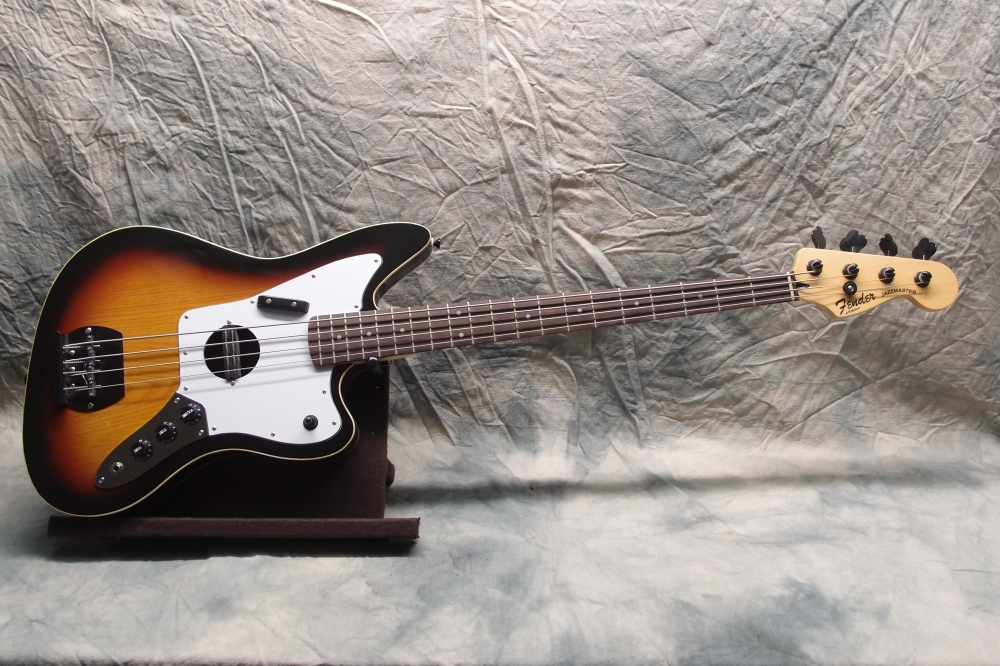
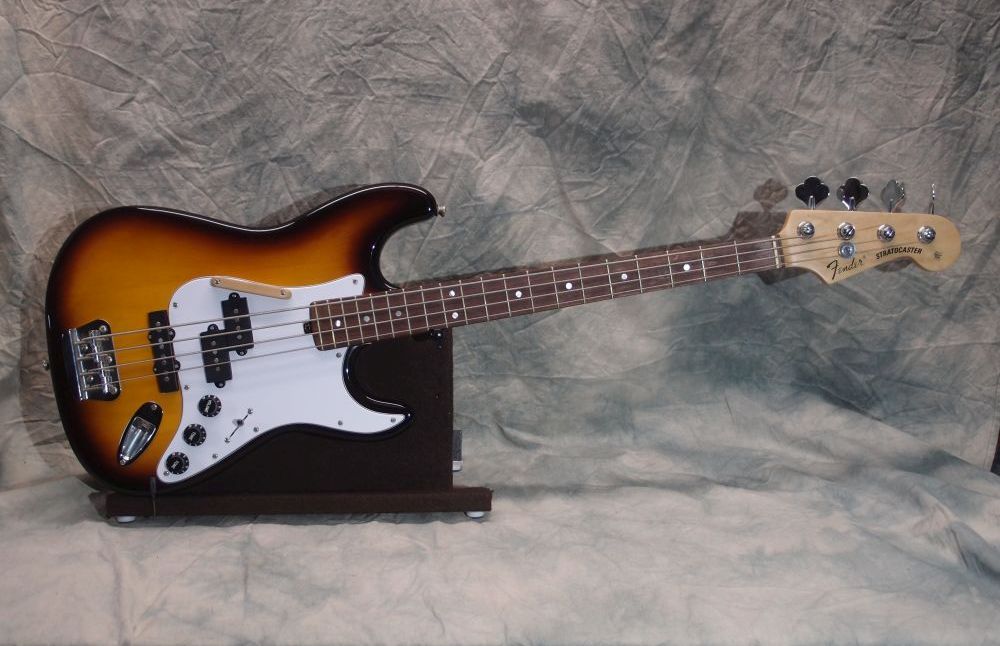
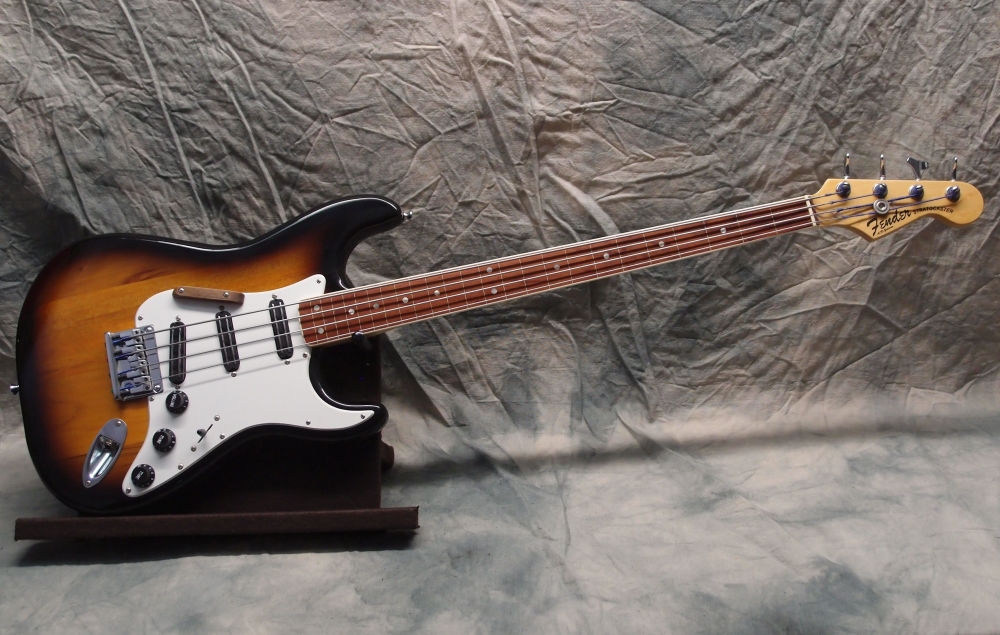

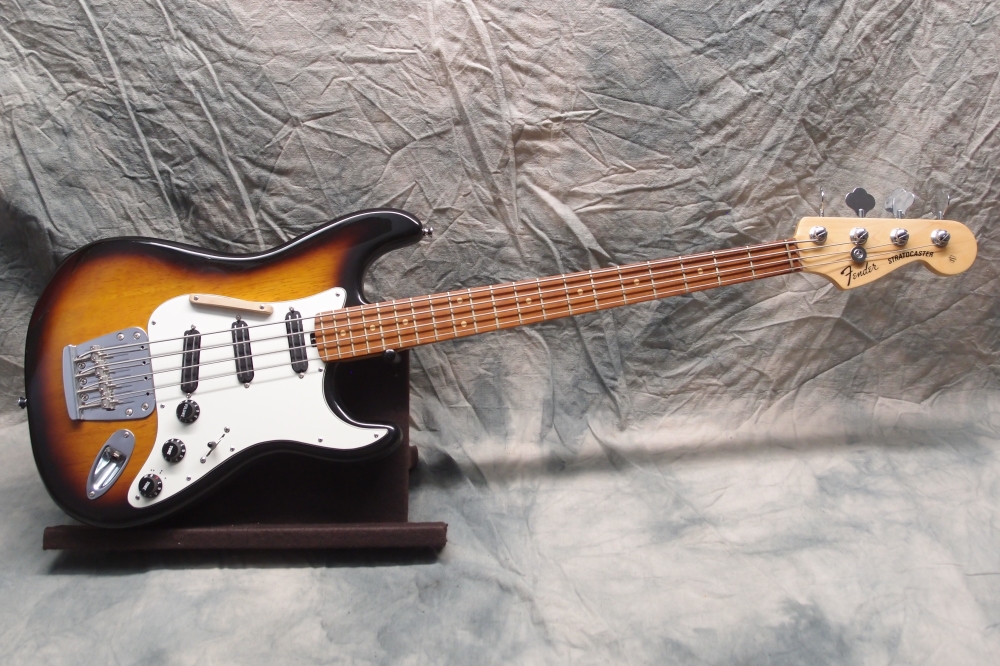
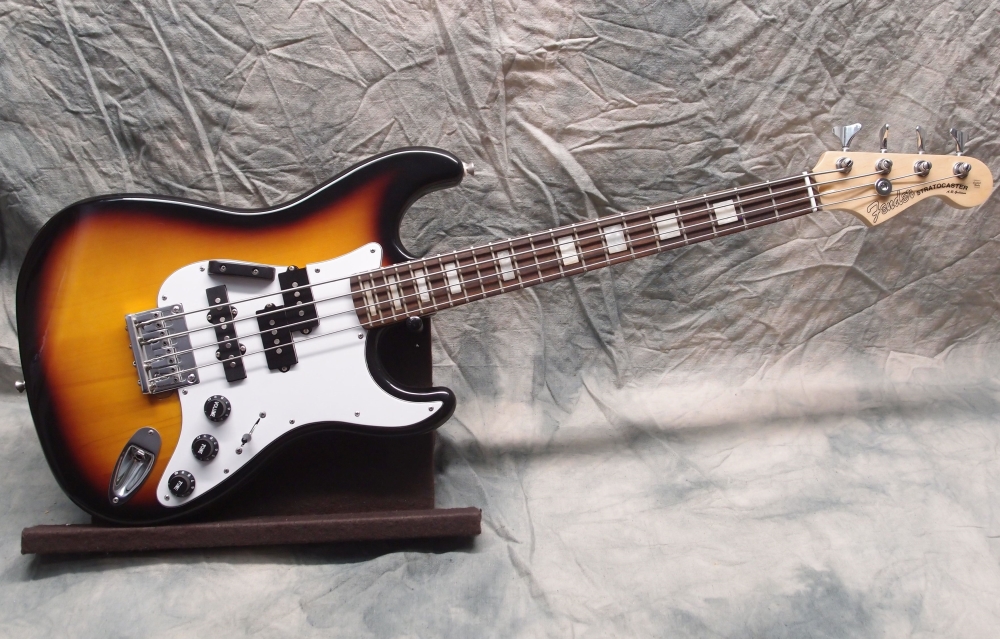
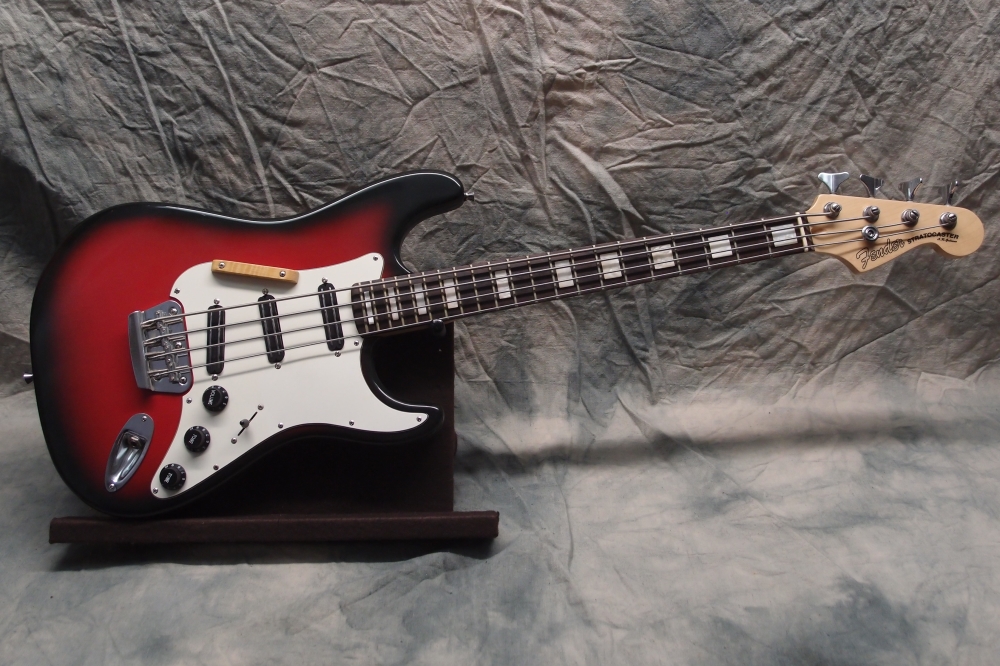
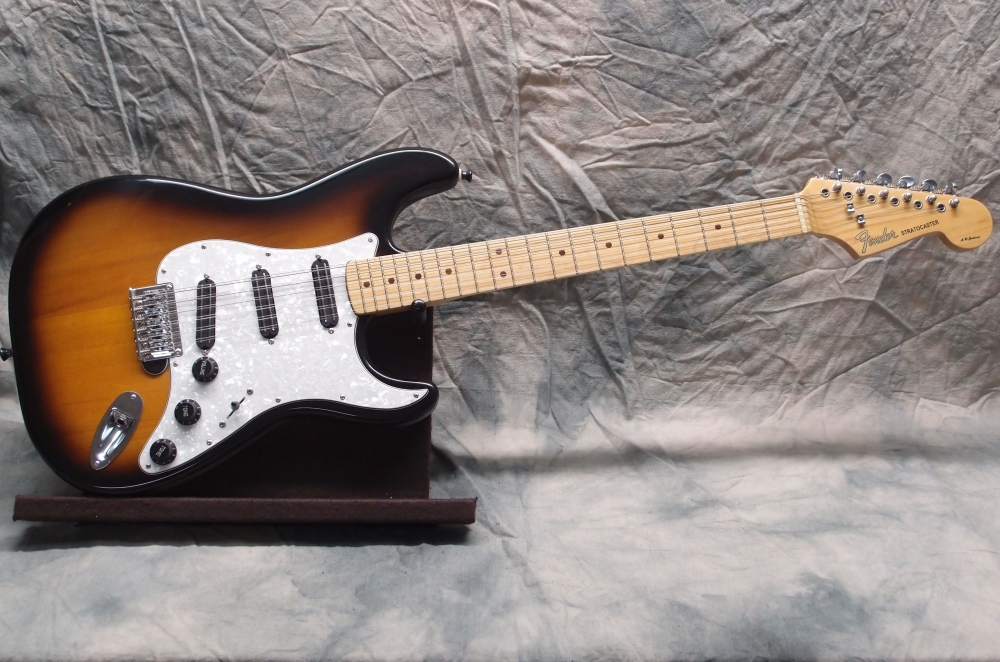
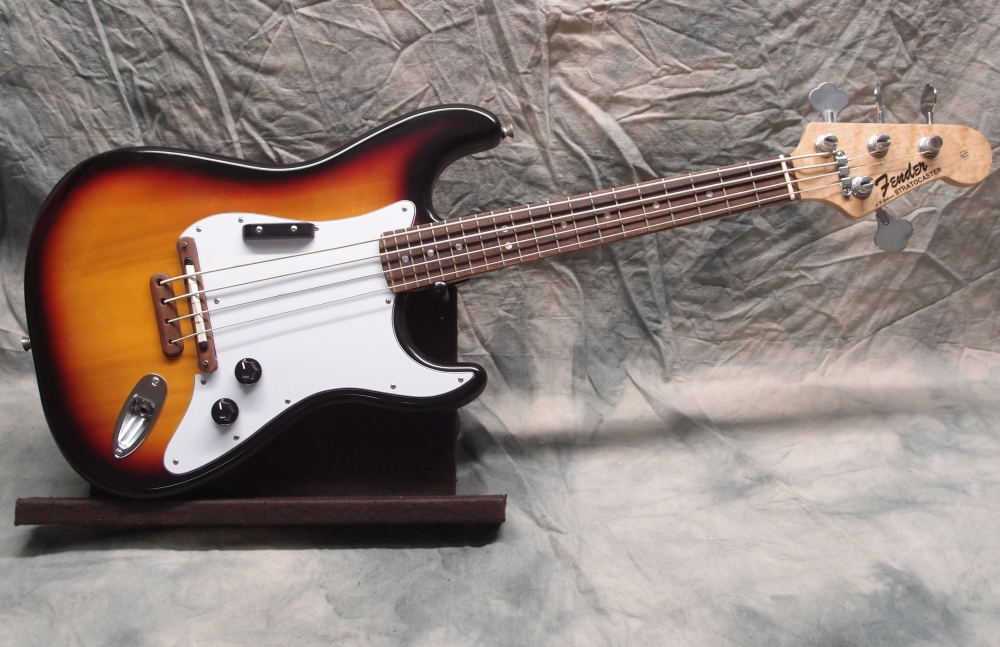
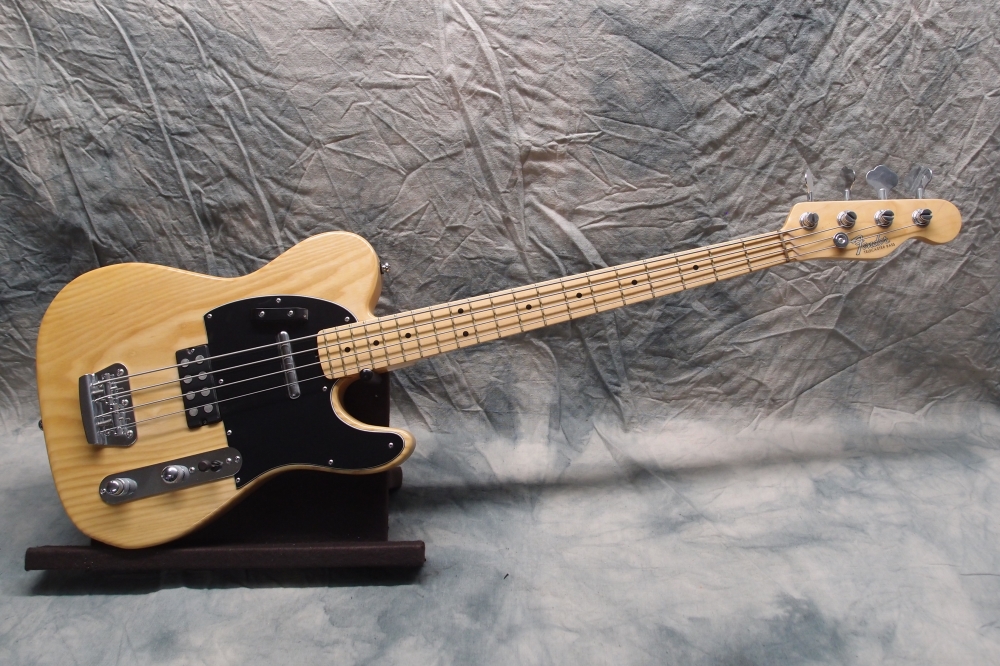
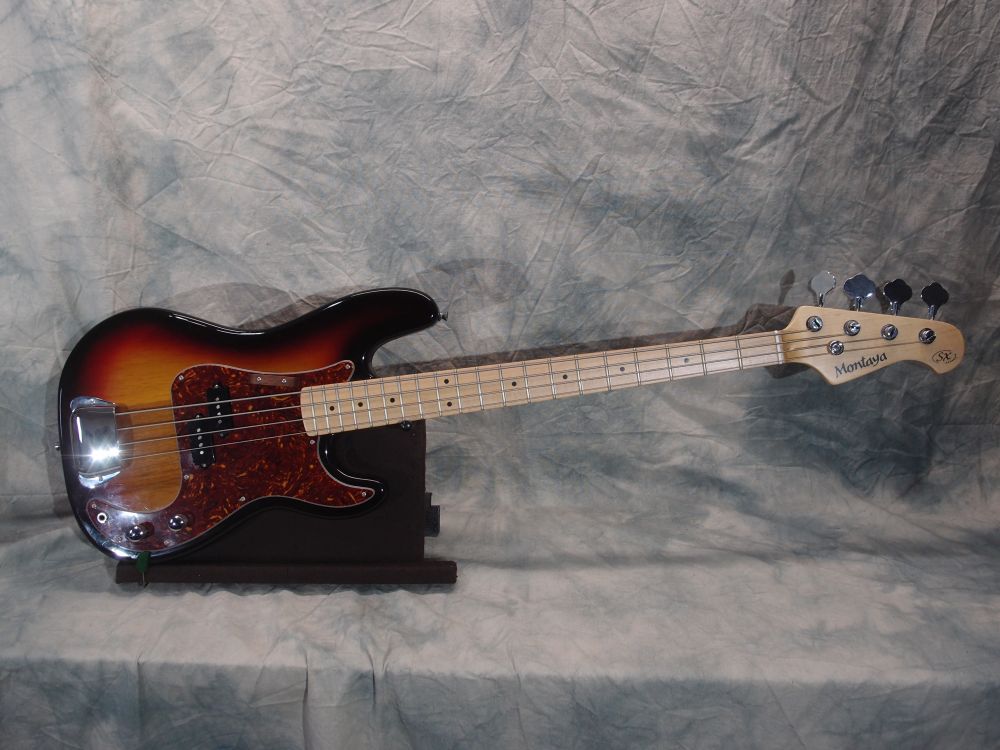
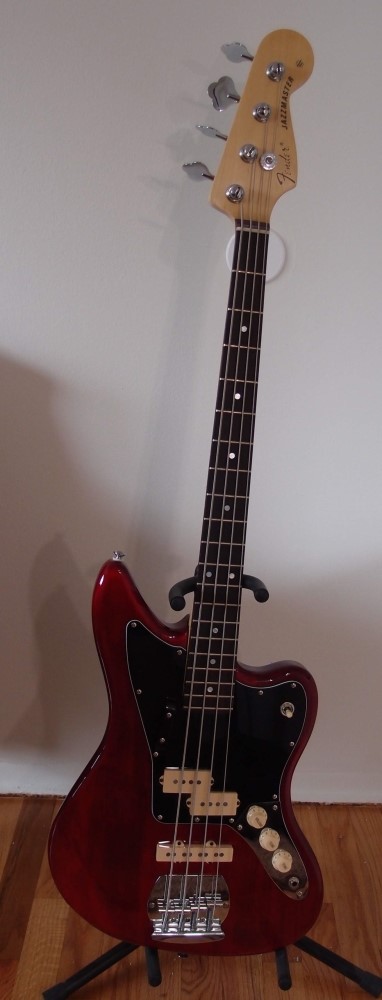
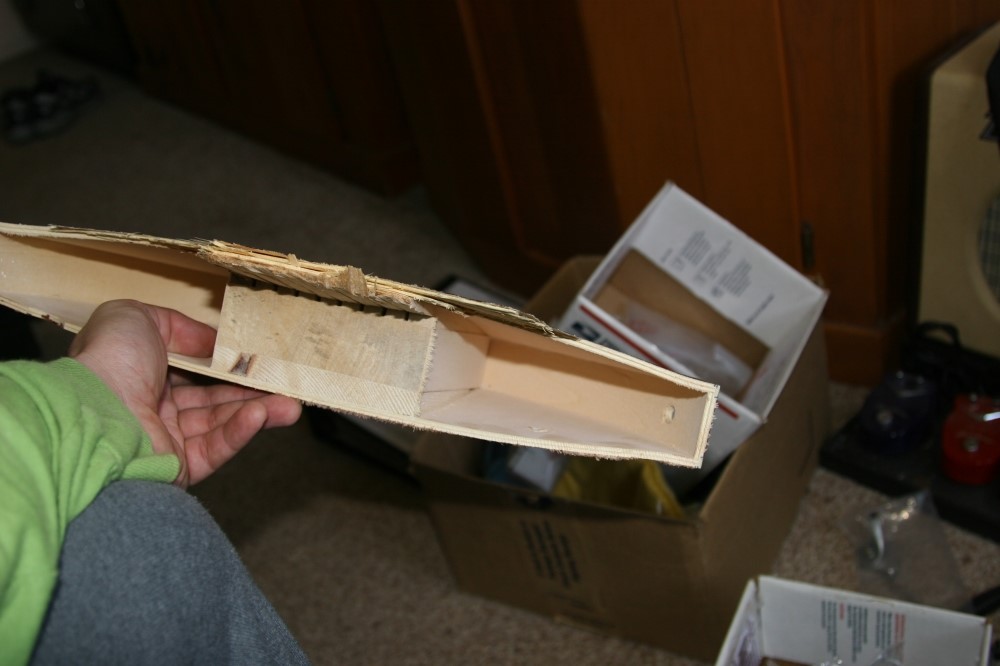
José Davila:
July 18, 2023 at 10:39 PM
Hello! I am planning in converting my regular stratocaster to a bass VI, but i am not a luthier. I about to buy a 30 inches scale neck, but i don't know if there is something special that i should be aware of before trying to do something like this. The thing that i am in doubt the most is if there's a possibility of "replacing" the bridge, or any modification, if that is possible. What could you tell me?
alder:
July 18, 2023 at 10:57 PM
A standard 30" neck will require moving the bridge to the end of the body. You need a 24-fret neck to use the stock bridge, and then the tremolo will be overloaded. Make sure that neck has a double-acting trussrod. Check out the rest of the strat basses; I went through pretty much all the possibilities.
Lindy Fralin:
September 22, 2021 at 9:53 AM
Did you make the neck or buy it?
alder:
September 22, 2021 at 11:50 PM
I made that neck.